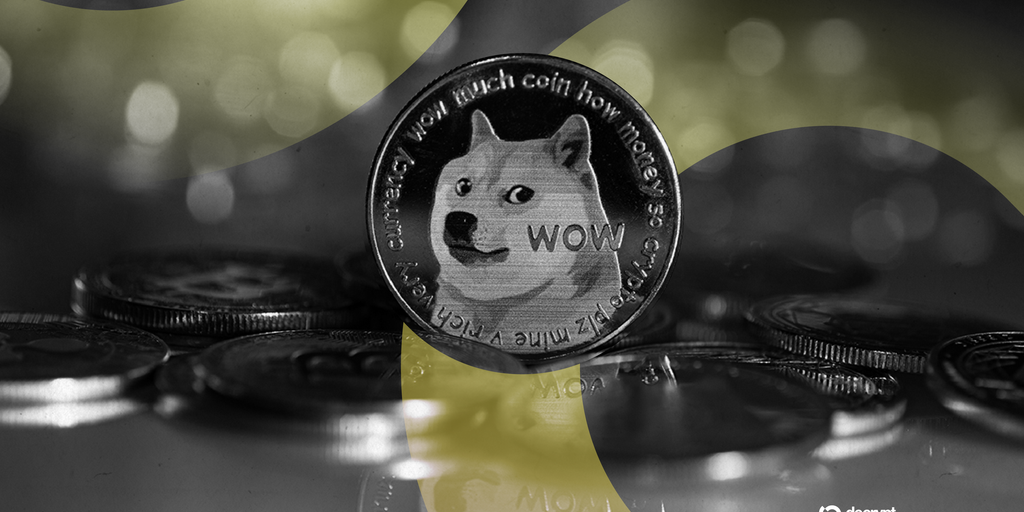Every crypto bull market feels revolutionary, and every crash feels catastrophic. Yet, step back and you’ll notice something remarkable: the story repeats. Markets rise, markets fall, investors panic, and then—almost inevitably—the cycle begins anew.
For newcomers, these swings seem unpredictable, like a storm nobody can forecast. But for those who’ve watched the charts across decades, the pattern is clear: crypto moves in cycles fueled by human psychology and liquidity.
Three forces in particular define these cycles:
- Fear and Greed – the emotional compass of investors.
- Market Capitalization – the rising or falling tide that lifts (or sinks) all tokens.
- Liquidity Rotation – the flow of capital between Bitcoin, Ethereum, altcoins, and speculative assets.
Understand these, and you’ll stop reacting to every candle. Instead, you’ll begin to anticipate where the market is heading.
Read Also: Binance Alpha Launches PoP Planet (P) and EVAA Protocol (EVAA) with Exclusive Airdrops
Why Crypto Moves in Cycles
At its core, crypto is not just technology—it’s a marketplace of emotions. Each cycle tends to follow the same four phases:
- Accumulation (Disbelief Phase): After a brutal bear market, prices stabilize, volume dries up, and interest wanes. Smart money accumulates while retail loses interest.
- Bull Market (Hope → Euphoria): Capital inflows increase, media coverage surges, and prices break previous highs. Greed dominates, driving speculative excess.
- Distribution (Complacency → Anxiety): Market tops form when smart money takes profits while retail continues to buy, believing “this time is different.”
- Bear Market (Fear → Capitulation): Overvaluation collapses, liquidity exits, and panic selling ensues. Retail capitulates, leaving assets oversold and undervalued.
These phases aren’t unique to crypto—they’ve repeated in equities, real estate, and commodities for centuries. But crypto compresses the timeline, making cycles sharper, faster, and more brutal.
The Fear & Greed Index — Investor Psychology on Display
One of the most reliable barometers of market psychology is the Crypto Fear & Greed Index, which tracks sentiment across news, volatility, social media, and momentum indicators.
- Extreme Fear (0–25): Historically coincides with market bottoms. In 2020’s Black Thursday crash, Bitcoin hit $3,800 as fear readings sank to single digits. Those who bought then saw gains of over 1,000% in the following bull run.
- Extreme Greed (75–100): Often marks local tops. In late 2017, as Bitcoin approached $20,000, greed hit record highs—followed by an 80% drawdown.
The index today reads 57 (Neutral), suggesting the market is neither in panic nor euphoria. But here’s the timeless lesson: sentiment always swings too far in both directions. Savvy investors use this as a contrarian signal.
“When others are fearful, be greedy. When others are greedy, be fearful.” — Warren Buffett
Crypto proves this maxim daily.
Market Capitalization: The Tide That Moves All Ships
While prices of individual tokens grab headlines, the real story is told in total market capitalization (TMC)—the aggregate value of all cryptocurrencies combined.
Today, the TMC sits around $4.13 trillion. Why does this matter?
- Liquidity Growth: Rising TMC means fresh capital is flowing into crypto. This liquidity is what sustains bull runs.
- BTC ($87,474.00) as Bellwether: Historically, Bitcoin accounts for 40–60% of TMC. Its strength or weakness sets the tone for the rest of the market.
- All-Time Highs as Confirmation: When TMC breaks past previous highs, it signals a confirmed bull cycle. Every past breakout (2013, 2017, 2021) triggered exponential rallies across altcoins.
Veteran investors know to watch TMC charts as closely as Bitcoin itself. It is the macro heartbeat of the market.
Altcoin Rotation and Liquidity Flow
Every cycle follows a predictable rotation of capital:
- Bitcoin Rises First: Institutional flows and cautious capital enter BTC first, treating it as the “haven” of crypto.
- Ethereum Outperforms: As confidence builds, ETH ($2,896.25) gains momentum due to its utility and ecosystem demand.
- Large-Cap Altcoins Rally: Coins like Solana, Avalanche, or BNB ($852.56) catch inflows as investors hunt higher returns.
- Mid-Caps, Meme Tokens, and Speculative Plays Explode: Retail FOMO drives outrageous returns in meme coins (like DOGE ($0.15) in 2021 or new players like DOGS, NOT, or GenieCoin today).
The Altcoin Season Index (65/100) measures this rotation. A score above 75 has historically signalled “alt season,” when altcoins outperform Bitcoin broadly.
The rotation always ends the same way: greed peaks, liquidity dries up, and prices crash. But for investors who understand the sequence, these waves are opportunities, not surprises.
The Double-Edged Sword of Indicators
RSI, top gainers lists, and sentiment dashboards are powerful—but they’re also traps for the unwary.
- RSI (Relative Strength Index): At today’s reading of ~57.75, the market looks “neutral.” But traders who treat RSI as gospel often miss the bigger context: RSI works best when paired with cycle analysis.
- Top Gainers (e.g., GenieCoin +1,615% in 24h): These attract attention, but 90% of such pumps fade quickly. Long-term investors should treat them as lessons in liquidity dynamics, not blueprints for wealth.
- Volume & Supply Dynamics: A coin’s surge means little without understanding circulating supply and liquidity pools. GenieCoin’s pump is dramatic—but with only ~$152K daily volume, it’s fragile.
The rule is simple: indicators don’t predict—they contextualize. They are tools, not oracles.
Practical Lessons for Investors Across Cycles
For anyone navigating crypto—whether retail newcomer or institutional allocator—these timeless lessons apply:
- Zoom Out: Focus on cycles, not 24-hour moves. Market cap, sentiment, and liquidity rotation matter more than today’s candle.
- Buy Fear, Sell Greed: Easier said than done—but history rewards contrarians. Extreme fear has always preceded outsized gains.
- Don’t Chase Gainers: By the time a token appears on a “Top Gainers” list, most upside is gone. Focus on fundamentals and cycle position.
- Diversify Across Layers: Allocate across BTC, ETH, solid large caps, and a small slice for speculative plays. Balance is survival.
- Patience Wins: Wealth in crypto is rarely built in days. It’s built by understanding cycles and holding through storms.
Conclusion
Crypto is chaotic, but it’s not random. It is patterned chaos—driven by fear, greed, and liquidity cycles that repeat over and over.
New investors may chase hype. Veterans anticipate cycles. The difference isn’t luck—it’s perspective.
If you learn to read the rhythm of fear and greed, if you watch total market capitalization instead of just daily charts, you’ll stop reacting and start positioning. And that’s how long-term wealth in crypto is built—not in hours, but across cycles.
The post The Cyclical Nature of Crypto: How Fear, Greed, and Market Cap Drive Every Bull and Bear appeared first on FXcrypto News.






















 24h Most Popular
24h Most Popular






 Utilities
Utilities